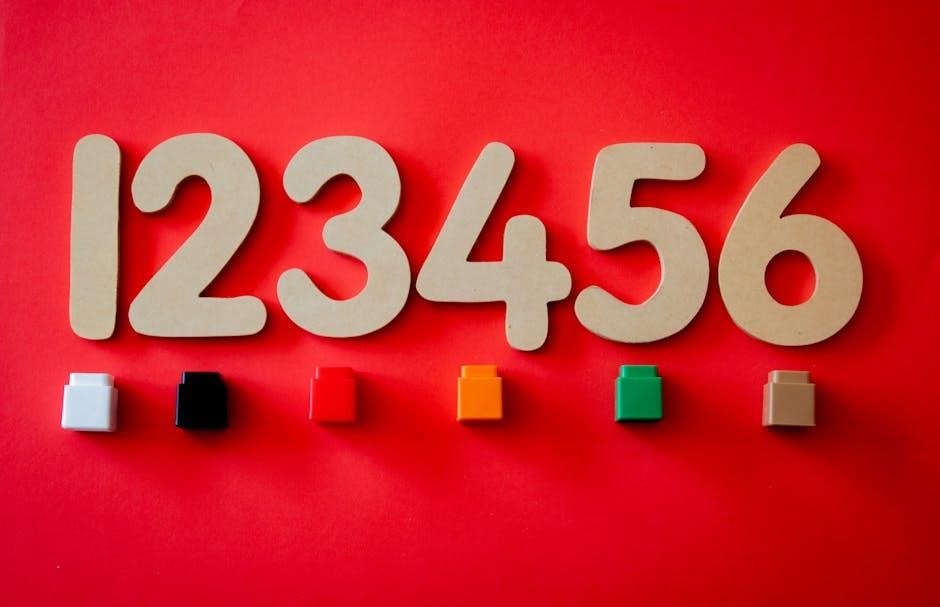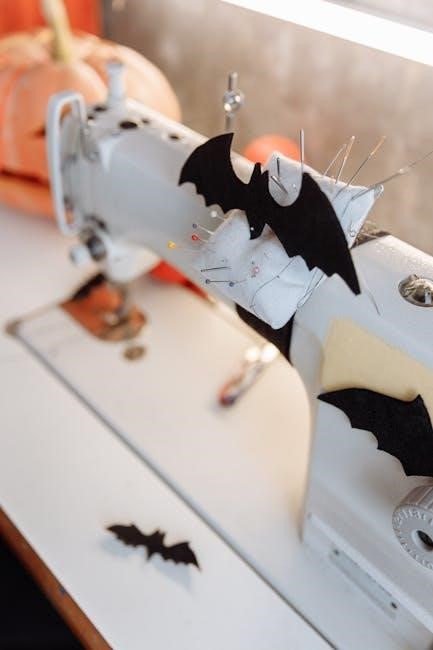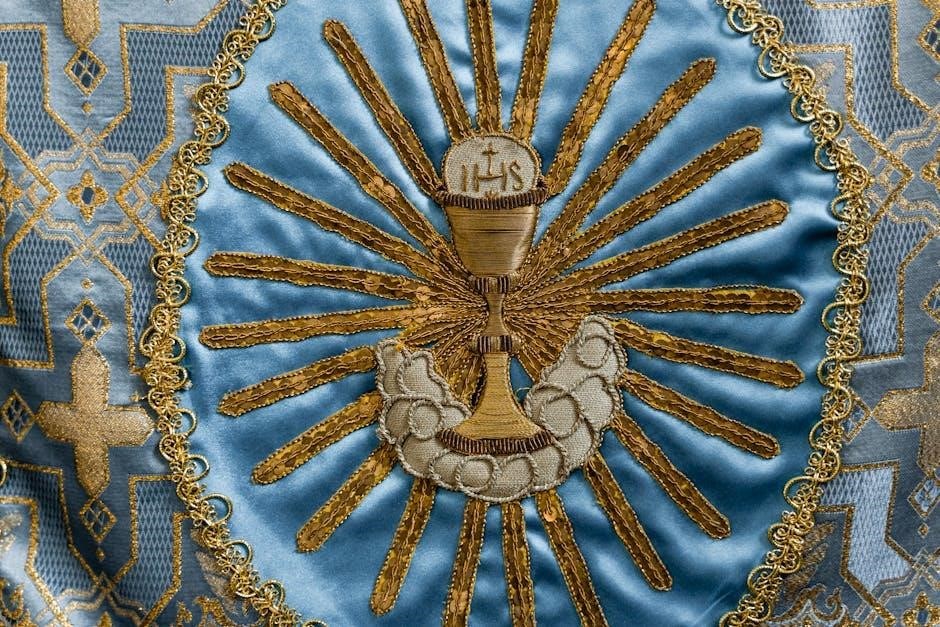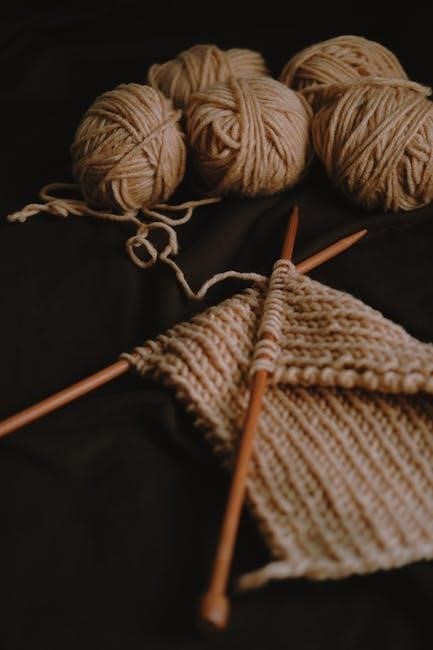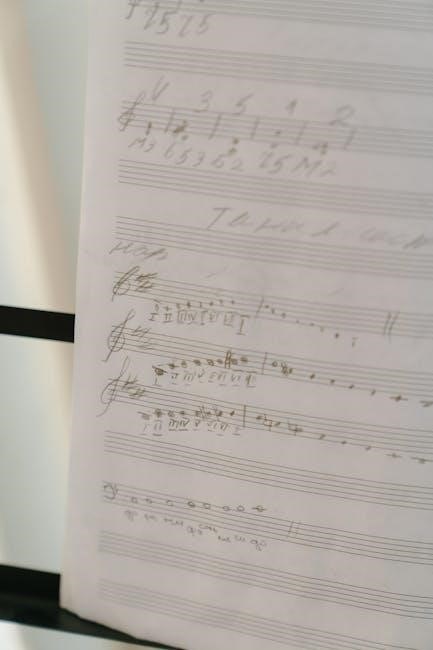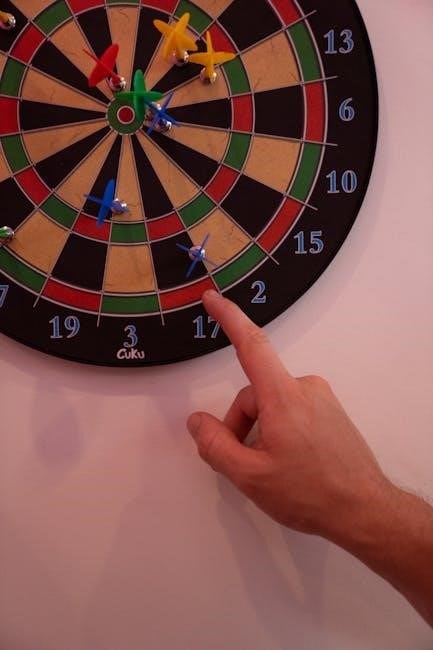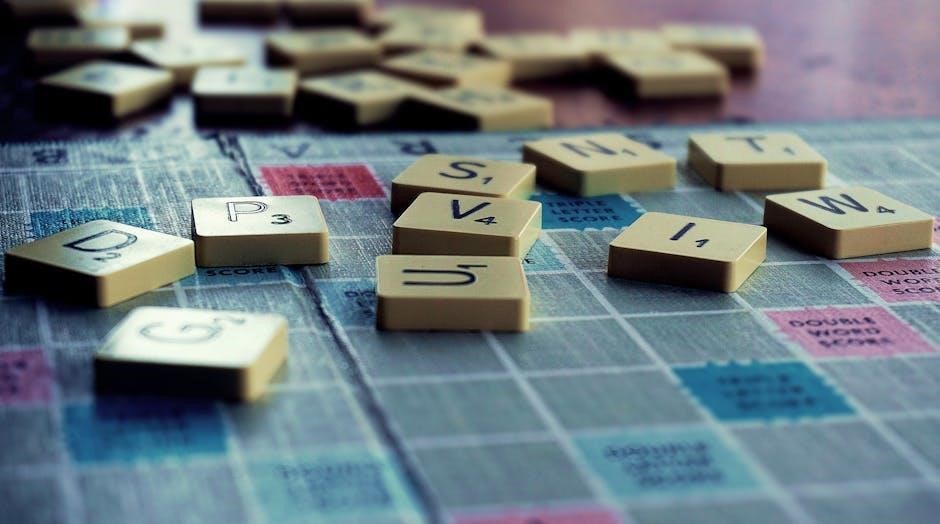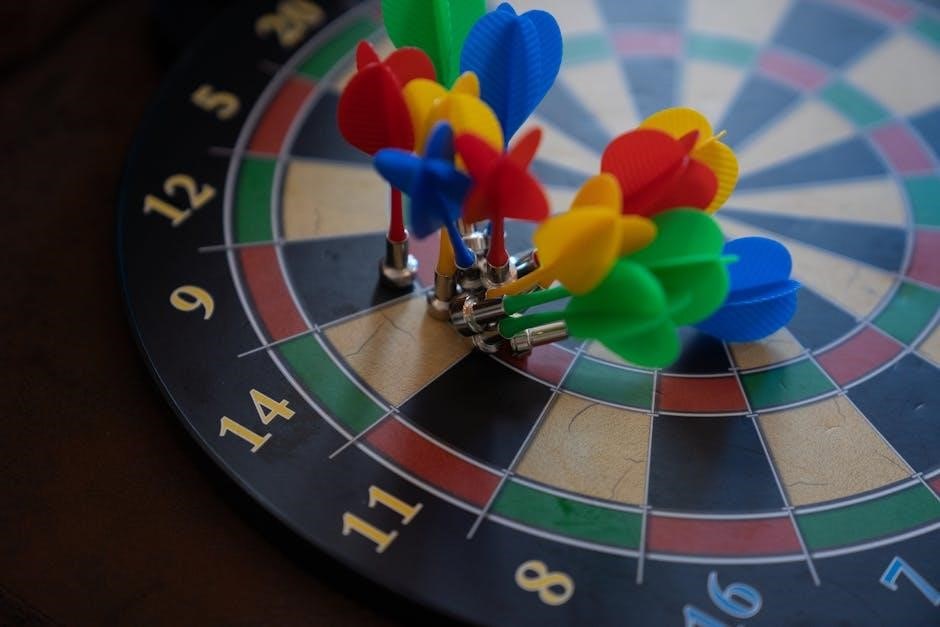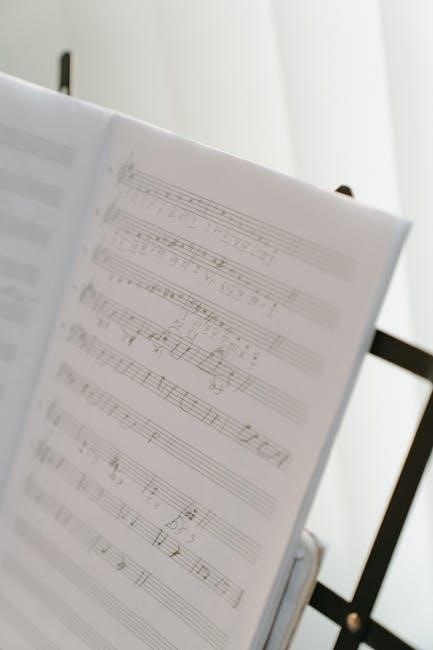instructions for tower pressure cooker
The Tower Pressure Cooker is a versatile electric appliance designed for efficient home cooking. It cooks food faster, retains nutrients, and offers energy efficiency, making it ideal for various dishes.
1.1 Overview of the Tower Pressure Cooker
The Tower Pressure Cooker is a high-quality electric appliance designed for efficient cooking. It features multiple functions, including pressure cooking, slow cooking, and sautéing, making it versatile for various recipes. Built with durable stainless steel, it ensures safe and healthy cooking. The cooker is energy-efficient, retaining nutrients and flavors, while its user-friendly interface simplifies meal preparation for both beginners and experienced cooks.
1.2 Benefits of Using a Tower Pressure Cooker
The Tower Pressure Cooker offers numerous benefits, including faster cooking times, nutrient retention, and energy efficiency. It cooks food up to 70% quicker than traditional methods while preserving 95% of vitamins. The cooker is user-friendly, with a locking lid for safety and a durable design for long-lasting performance. It’s ideal for healthy, flavorful meals and versatile for various recipes, making it a must-have for modern kitchens.

Safety Precautions
Read all instructions carefully to avoid injury or damage. Always check the regulator, ensure the lid is locked, and keep the cooker out of children’s reach. Never leave it unattended while in use.
2.1 General Safety Guidelines
The Tower Pressure Cooker must be used by a responsible adult, kept out of children’s reach, and never left unattended. Always follow the instructions to avoid improper use, which may cause injury or damage. Regularly inspect the cooker for damage and ensure all safety features are functioning properly before each use.
2.2 Safety Features of the Tower Pressure Cooker
The Tower Pressure Cooker includes a locking handle mechanism, pressure regulator, and multiple safety valves to ensure safe operation. These features prevent the lid from opening under pressure, regulate steam release, and automatically shut off the cooker if excessive pressure builds up, providing enhanced protection for users.
2.3 Important Safety Tips for First-Time Users
Always read the manual before first use. Ensure the cooker is placed on a stable, heat-resistant surface. Avoid overfilling the cooker, as this can cause splashes. Never leave the pressure cooker unattended while in operation. Use oven mitts when handling hot components, and carefully release steam away from your face to avoid burns.

Initial Setup and Preparation
Unpack and clean the Tower Pressure Cooker thoroughly before first use. Remove all labels and packaging, then wash with warm soapy water to ensure hygiene and safety.
3.1 Unpacking and Cleaning Before First Use
Upon unboxing, carefully unpack the Tower Pressure Cooker and its accessories. Remove all packaging materials and labels. Wash the cooker, lid, and sealing ring with warm soapy water. Rinse thoroughly and dry with a clean cloth to ensure hygiene. Retain the instruction manual for future reference and safe usage.
3.2 Understanding the Components of the Tower Pressure Cooker
The Tower Pressure Cooker includes a main pot, lid, sealing ring, pressure regulator, and locking mechanism. The main pot is durable, often made of stainless steel or aluminum. The lid ensures airtight sealing, while the sealing ring prevents steam leakage. The pressure regulator controls cooking pressure, and the locking mechanism ensures safe operation by securing the lid during cooking.
3.4 Retaining the Instruction Manual
Retain the instruction manual for future reference and troubleshooting. It contains essential guidelines for safe operation, maintenance, and warranty details. Ensure all users review the manual to understand proper usage, safety precautions, and care instructions. This helps in maximizing the appliance’s lifespan and ensures optimal performance throughout its use.
Operating Instructions
Follow the manual for safe operation. Prepare food, add recommended liquid, set pressure, and timer. Ensure proper sealing and venting. Release pressure safely after cooking completes.
4.1 Basic Cooking Instructions
Start by washing and preparing your ingredients. Ensure the pressure cooker is clean and the lid is securely locked. Add the recommended amount of liquid and place food inside. Set the timer and pressure level according to your recipe. Allow the cooker to build pressure, then let it cook. After cooking, release pressure naturally or quickly, following safety guidelines. Always clean the cooker thoroughly after use.
4.2 Using the Pressure Cooker for Specific Foods
Adjust cooking times and liquid levels based on the food type. For tougher meats like beef or lamb, use longer cooking times, while delicate fish or vegetables require shorter periods. Pierce skins of foods like sausages or potatoes before cooking to prevent bursting. Always refer to the user manual or recipe guide for specific instructions and recommended settings.
4.3 Guidelines for Liquid Foods and Soups
When cooking liquid-based foods like soups or porridge, ensure the cooker is not overfilled—ideally, liquid should not exceed two-thirds of the pot. Shake the cooker gently before opening to release trapped air bubbles, reducing splashing. This method helps maintain consistency and prevents mess. Always follow the manual’s specific guidelines for liquid foods to achieve optimal results and safety.

Cooking Techniques
Mastering cooking techniques with the Tower Pressure Cooker involves understanding optimal cooking times, pressure levels, and methods like piercing skins to ensure even cooking and safe pressure release.
5.1 Cooking Times and Pressure Levels
Cooking times and pressure levels are crucial for optimal results. The Tower Pressure Cooker reduces cooking time by up to 70% compared to traditional methods. Adjust pressure levels based on food type, with higher pressures for tougher meats and lower for delicate vegetables. Always consult the manual for specific guidelines to ensure safe and efficient cooking.
5.2 Piercing Skins of Foods Before Cooking
Piercing skins of foods like sausages or vegetables before cooking is essential to prevent bursting. Use a fork to create small holes, allowing steam to escape; This step ensures even cooking and prevents pressure buildup. It’s especially crucial for foods with natural skins to maintain texture and avoid splashing during cooking.
5.3 Releasing Pressure Safely
Releasing pressure safely is crucial to avoid splashes and burns. Allow natural release by letting the pressure drop on its own or use the quick-release method by tilting the cooker. Always ensure the valve is secure and no steam escapes violently. For liquid foods, gently shake the cooker before opening to release trapped air bubbles, ensuring a safe and mess-free experience.
Maintenance and Cleaning
Regularly clean the Tower Pressure Cooker after each use, ensuring all parts are free from food residue. Check and maintain the regulator and gasket for optimal performance and longevity, ensuring safe and efficient cooking experiences every time.
6.1 Cleaning the Pressure Cooker After Use
After each use, remove any food residue and labels, then wash the Tower Pressure Cooker with mild detergent and warm water. Dry thoroughly to prevent rust. Regularly clean the lid, gasket, and regulator to ensure proper function and safety. Always follow the manual’s cleaning instructions for optimal maintenance and longevity of your appliance.
6.2 Regular Maintenance Tips
Regular maintenance ensures your Tower Pressure Cooker performs optimally. Check the gasket for wear and replace it if necessary. Clean the regulator and lid lock to ensure proper sealing. Descale periodically to prevent mineral buildup. Store the cooker in a dry place to avoid rust. Follow these tips for longevity and safe operation.
6.4 Storage Guidelines
Store the Tower Pressure Cooker in a cool, dry place away from direct sunlight. Ensure all parts are clean and dry before storage to prevent moisture buildup. Keep the cooker out of reach of children and avoid storing it near harsh chemicals. Regularly inspect stored components for signs of wear or damage.
Troubleshooting Common Issues
Identify common problems like lid sealing issues or pressure regulator malfunctions. Refer to the manual for solutions or contact customer support for assistance.
7.1 Common Problems and Solutions
Common issues include lid sealing problems, pressure regulator malfunctions, or clogged valves. Solutions involve checking gaskets, ensuring proper alignment, and cleaning components. Consult the manual for detailed fixes or contact customer support for further assistance.

7.2 Checking the Regulator and Lid Lock
Regularly inspect the regulator for cleanliness and functionality. Ensure the lid lock operates smoothly to secure the lid during cooking. Check for blockages or wear and tear. Refer to the manual for specific guidance on maintenance and troubleshooting these components.
7.3 Dealing with Air Bubbles and Splashes
Shake the cooker slightly before opening to release trapped air bubbles and prevent splashes. Ensure the lid lock is secure to avoid accidental opening. For liquid-based foods, use the food guard to minimize splashing. Avoid opening the cooker too quickly, as this may cause splatter. Always follow manual guidelines for safe operation.

Accessories and Enhancements
Enhance your cooking experience with recommended accessories like steam baskets and non-stick pans. These additions improve versatility and make cleaning easier, ensuring optimal performance of your Tower Pressure Cooker.
8.1 Recommended Accessories for the Tower Pressure Cooker
Recommended accessories include steam baskets, non-stick pans, and silicone seals. These enhance cooking versatility, prevent food sticking, and ensure airtight sealing. Regularly check and replace worn-out parts like gaskets and valves to maintain performance and safety. Accessories are available online or through authorized retailers, ensuring compatibility and durability for your Tower Pressure Cooker.
8.2 Upgrading or Replacing Parts
Upgrading or replacing parts, such as gaskets, valves, or lids, ensures optimal performance and safety. Use original or compatible parts from authorized sellers to maintain warranty validity. Regularly inspect components like seals and hinges for wear. Follow the manual’s guidelines for replacements. Upgrades can enhance functionality, while timely replacements prevent leaks and maintain pressure integrity, extending the cooker’s lifespan.

Warranty and Support
Your Tower Pressure Cooker comes with a comprehensive warranty for defects in materials and workmanship. Register online for an extended guarantee. Dedicated customer support is available for troubleshooting and inquiries, ensuring optimal performance and user satisfaction throughout ownership.
9.1 Understanding the Warranty Terms
The Tower Pressure Cooker warranty covers manufacturing defects for a specified period, typically one year. Registering your product online extends this coverage. The warranty excludes damage from misuse or improper maintenance. Retain your proof of purchase and review the manual for full terms and conditions to ensure eligibility for warranty claims and support services.
9.2 Contacting Customer Support
For assistance, visit the official Tower website or contact their customer support team via email at customer.support@towerhousewares.co.uk or phone at 0800 123 4567. Ensure you have your product details ready for efficient service. Online registration at www.towerhousewares.co.uk also provides access to extended warranties and support resources.

Tips for New Users
Start with simple recipes, ensure the cooker is clean, and always follow the manual. Pierce food skins before cooking to avoid splashing and ensure safe pressure release.
10.1 Getting Started with Your First Recipe
Unpack and clean the cooker thoroughly before first use. Read the manual carefully to understand its features; Start with a simple recipe, like rice or vegetables, to familiarize yourself with the controls. Ensure all safety guidelines are followed, and always pierce food skins to prevent splashing. Practice makes perfect—enjoy your cooking journey!
10.2 Avoiding Common Mistakes
Avoid overfilling the cooker, as it can lead to clogging and poor results. Always pierce foods with skins, like sausages or potatoes, to prevent bursting. Never ignore the manual—refer to it for specific food guidelines and avoid guessing settings. Proper preparation ensures safe, effective, and delicious cooking with your Tower Pressure Cooker every single time effortlessly.
Environmental and Health Benefits
The Tower Pressure Cooker offers energy efficiency, reducing fuel consumption by up to 90%. It retains 95% of food vitamins, promoting healthier meals and eco-friendly cooking.
11.1 Energy Efficiency of the Tower Pressure Cooker
The Tower Pressure Cooker excels in energy efficiency, reducing cooking time by up to 70% and fuel consumption by nearly 90%. This eco-friendly design ensures faster meal preparation while lowering energy usage, making it a sustainable choice for modern kitchens.
11.2 Nutrient Retention During Cooking
The Tower Pressure Cooker retains up to 95% of food’s vitamins and minerals due to its sealed environment and minimal water usage. This method preserves nutrients better than traditional boiling, which can lose up to 50% of nutrients, ensuring healthier and more nutritious meals.
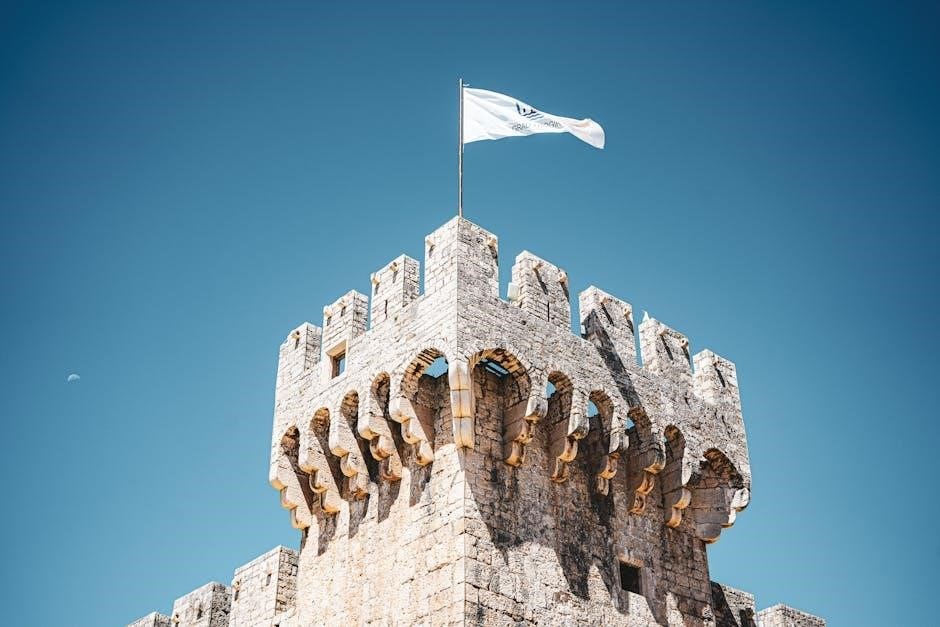
Comparison with Other Pressure Cookers
The Tower Pressure Cooker excels in energy efficiency, retaining 95% of vitamins, and using 90% less fuel compared to traditional methods and other brands.
12.1 Unique Features of the Tower Pressure Cooker
The Tower Pressure Cooker stands out with its durable stainless steel construction, efficient one-touch operation, and advanced safety features. It ensures faster cooking, nutrient retention, and minimal splashing, making it a superior choice for home cooks seeking convenience and reliability in their kitchen.
12.2 How It Stands Out in the Market
The Tower Pressure Cooker excels due to its reputation for durability, ease of use, and advanced safety features. Its stainless steel build and efficient one-touch design set it apart from competitors, offering a reliable and user-friendly experience. With positive user reviews and a focus on energy efficiency, it remains a popular choice for home cooks seeking high-quality performance.
User Reviews and Feedback
Users praise the Tower Pressure Cooker for its durability and ease of use. Many highlight its ability to cook efficiently while retaining flavors, making it a reliable choice;
13.1 Positive Aspects Highlighted by Users
Users consistently praise the Tower Pressure Cooker for its durability, ease of use, and efficient cooking performance. Many appreciate its quick cooking times and ability to retain food flavors and nutrients. The stainless steel design is often highlighted for its robustness and easy cleaning. Overall, users express satisfaction with its reliability and versatility in preparing a wide range of dishes effortlessly.

13.2 Areas for Improvement
Some users suggest improvements, such as clearer instructions for first-time users and enhanced customer support. A few mention occasional issues with pressure regulation and splashing during cooking. Additionally, some find the lid locking mechanism slightly tricky to operate and recommend better sealing for liquid-based dishes.
The Tower Pressure Cooker is a valuable addition to any kitchen, offering efficient cooking, nutrient retention, and ease of use. Always follow safety guidelines for optimal results and longevity.
14.1 Final Thoughts on the Tower Pressure Cooker
The Tower Pressure Cooker is a reliable and versatile kitchen appliance that offers numerous benefits for home cooking. Its ability to cook food quickly while retaining nutrients makes it a valuable asset. With proper care and adherence to safety guidelines, it provides long-lasting performance, ensuring delicious and healthy meals for years to come.
14.2 Encouragement for Safe and Effective Use
Always follow the safety guidelines and instructions provided in the manual to ensure safe and effective use of your Tower Pressure Cooker. Regular maintenance and proper handling will extend its lifespan and performance. Explore its versatile features to enhance your cooking experience while prioritizing safety to enjoy delicious, healthy meals hassle-free.




